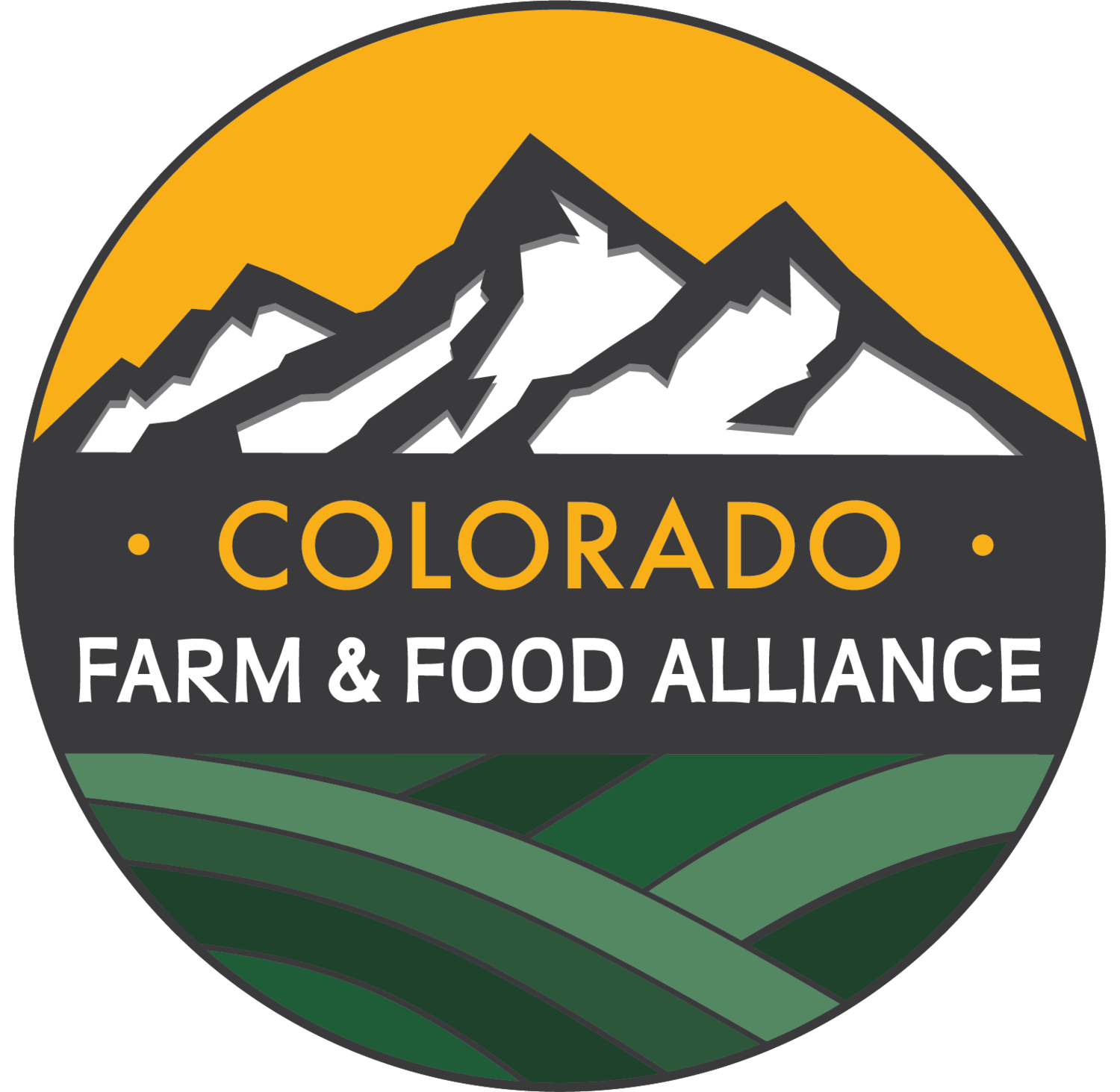San Luis Valley, Upper Arkansas and Upper South Platte Food Businesses Boost Community Resilience
Colorado Farm & Food Alliance Release New Local Food Action Maps to Support Colorado Businesses as Key to Pandemic and Economic Recovery
The San Luis Valley Local Food Action Map - Available for sharing or embedding on your site, please acknowledge the CO Farm & Food Alliance and include a link to our website at www.ColoFarmFood.org
PAONIA, CO. (June 2, 2021) - Covering the Atlantic headwaters of three major rivers, the latest Local Food Action Maps from the Colorado Farm & Food Alliance are the first released across the Divide. These public tools, developed using Google Maps, depict where residents and visitors can “buy local, eat local, drink local, and act local,” within regions organized around river basins.
“Spending money in local businesses that also have a commitment to sourcing their ingredients and products locally, helps your neighbors and it helps our communities. It increases the health of a region’s foodshed too,” said Pete Kolbenschlag director of the Colorado Farm & Food Alliance, which is making the maps available to the public and any who want to share them. “We hope that these maps are just the starting point for Coloradans and visitors to buy, eat, and drink more locally.”
The Local Food Action Maps are organized primarily by river basins, and each includes local food markets (and certain on-farm sales); local drink producers and tasting rooms; restaurants, cafes, and coffee shops that have a commitment to serving local products or using local ingredients; and, organizations working on food access and supporting the local food economies.
The release today shows foodsheds in the San Luis and Upper Rio Grande, the Upper Arkansas, and Upper South Platte valleys, and are the latest additions to the series. The counties included in the Rio Grande/San Luis Valley map are Saguache, Rio Grande, Mineral, Conejos, Costilla, and Alamosa counties. The counties on the Upper Arkansas/Upper South Platte include Lake, Chaffee, Fremont, Teller, and Park.
Previous maps have covered western Colorado river basins including the Gunnison, Lower Dolores, Upper and Central Colorado, and the Green and Yampa basins. The release of these maps is the first set to cover areas east of the Continental Divide. All our maps are available online at www.colofarmfood.org/local-food-action-maps.
“The maps are meant to help people find great food and to support Colorado businesses and communities,” said Kolbenschlag. “When people buy local they help keep Coloradans employed and provide a market for local producers too.”
The Colorado Farm & Food Alliance supports strengthening the connections between local businesses, and between local producers and area consumers. This builds more prosperous communities by supporting local jobs, area farms and recirculating money in the region. This past year has shown many people just how important those connections can be. Supporting local businesses, and local businesses that support local farms, grows more resilient communities, and that benefits everyone.
While COVID has been devastating to the restaurant industry, it has also helped many people learn just how vital local food and local community is during times of crisis and disruption. Now, with a new season here, continuing to support and prioritize local business and local food will help Colorado communities and businesses bounce back more quickly and will make local communities more resilient to face the future.
The Colorado Farm & Food Alliance supports a thriving farm and local food economy that supports producers and workers, strengthens community, and that increases food security. We invite businesses and organizations to leave information and we will consider adding it as we develop and update our maps. The form where you can leave your information also includes some more guidelines about what we are including.
“The Colorado Farm & Food Alliance sees the important role our farms, ranches, our restaurants and markets, and diverse organizations play in creating vital communities.” said Killian Rush who manages the Alliance's Secure & Resilient Foodsheds program. “We want to help them get their quality products to consumers, and we want to pair up conscientious consumers with businesses that have a commitment to their local communities.”
The Food Action Maps are central to the networking that the Colorado Farm and Food Alliance does to connect, strengthen and build collaboration among the expansive local food and family farm economy in Colorado. Across all our programs, our work seeks to ensure that nutritious local food is accessible, and available for all Coloradans, produced from resilient farms that are part of secure, equitable food systems; and, we advocate for climate action and policies that protect healthy, productive lands and abundant, clean water on which our farms and food systems depend.
The Colorado Farm & Food Alliance invites participation from a variety of organizations and businesses. Learn more at ColoFarmFood.org.
# # #
